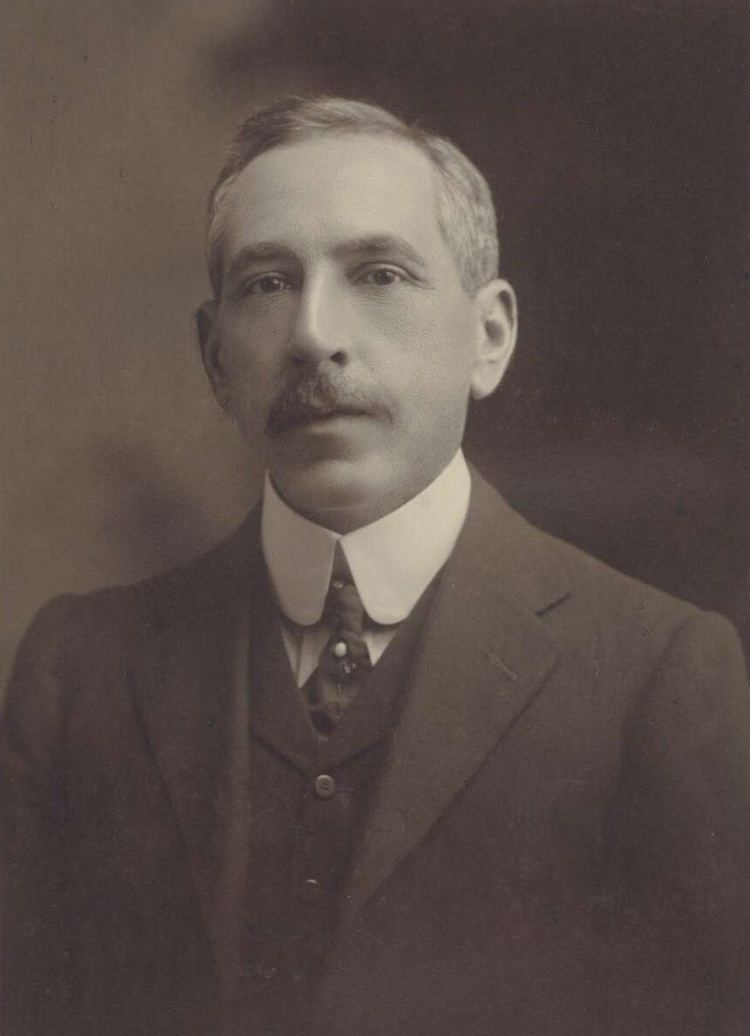5 May 1917 (1917-05-05) 1919 → 32 seats 42 seats 21 20 | 14 November 1916 14 November 1916 53 seats 22 seats 1,021,138 827,541 | |
 | ||
Federal elections were held in Australia on 5 May 1917. All 75 seats in the House of Representatives and 18 of the 36 seats in the Senate were up for election. The incumbent Nationalist Party of Australia (a result of a merger between the Commonwealth Liberal Party and National Labor Party) led by Prime Minister of Australia Billy Hughes defeated the opposition Australian Labor Party (ALP) led by Frank Tudor.
Hughes, at the time a member of the ALP, had become Prime Minister when Andrew Fisher retired in 1915. The Australian Labor Party split of 1916 over World War I conscription in Australia had led Hughes and 24 other pro-conscription Labor MPs to split off as the National Labor Party, which was able to form a minority government supported by the Commonwealth Liberal Party, led by Joseph Cook. Later that year, National Labor and the Liberals merged to form the Nationalist Party, with Hughes as leader and Cook as deputy leader. The election was fought in the aftermath of the 1916 plebiscite on conscription, which had been narrowly defeated. The Nationalists won a decisive victory, securing the largest majority government since Federation. The ALP suffered a large electoral swing against it, losing almost seven percent of its vote from 1914. The swing was magnified by the large number of former Labor MPs who followed Hughes out of the party.
